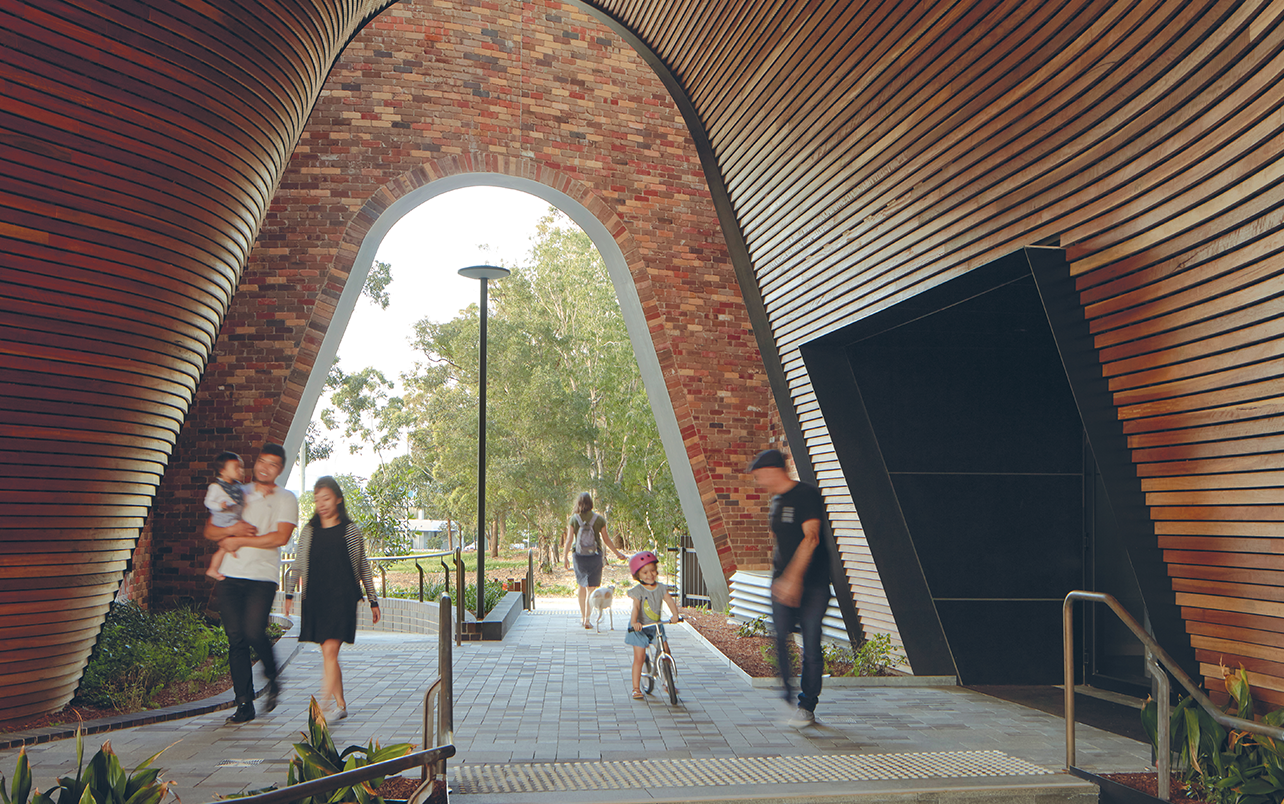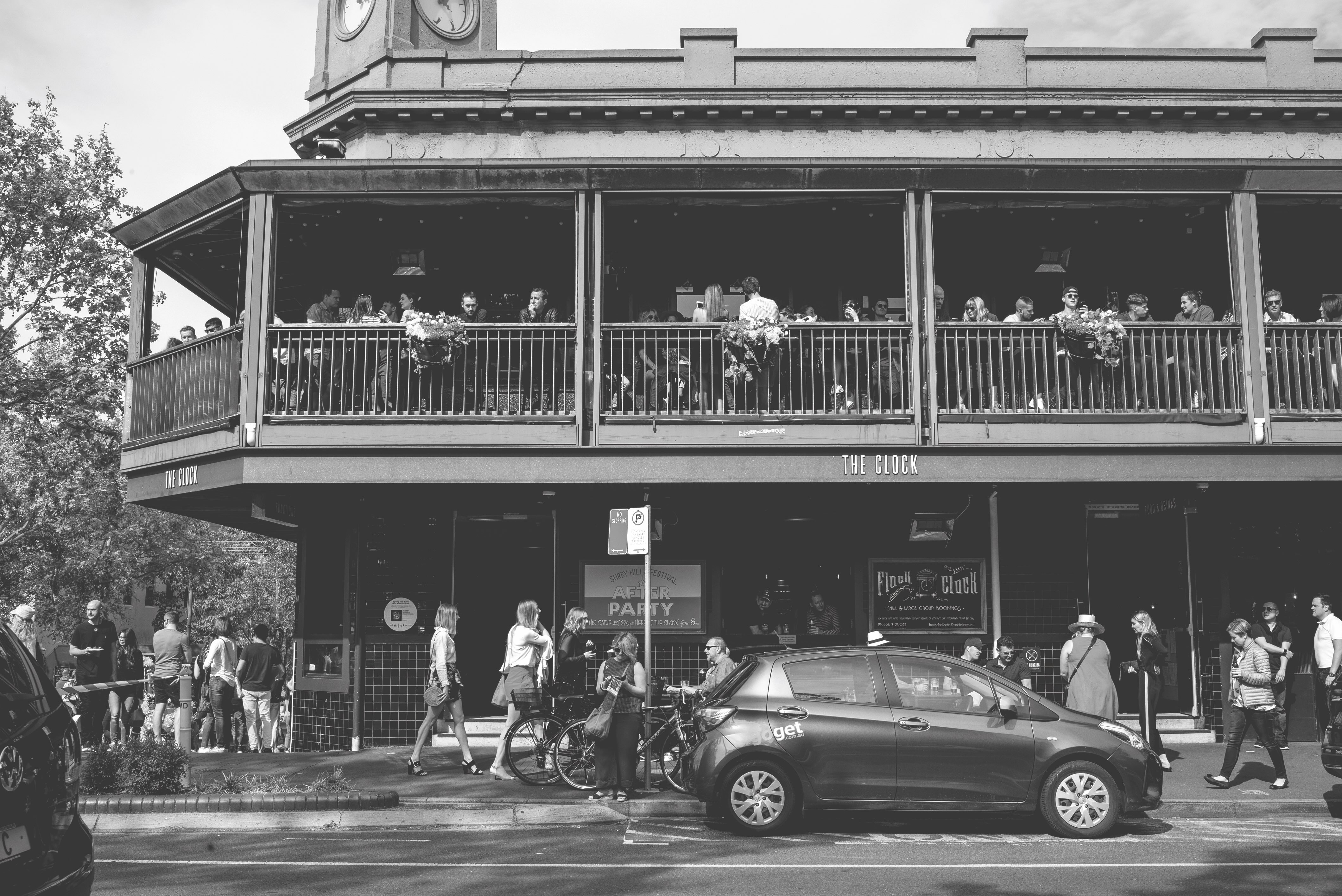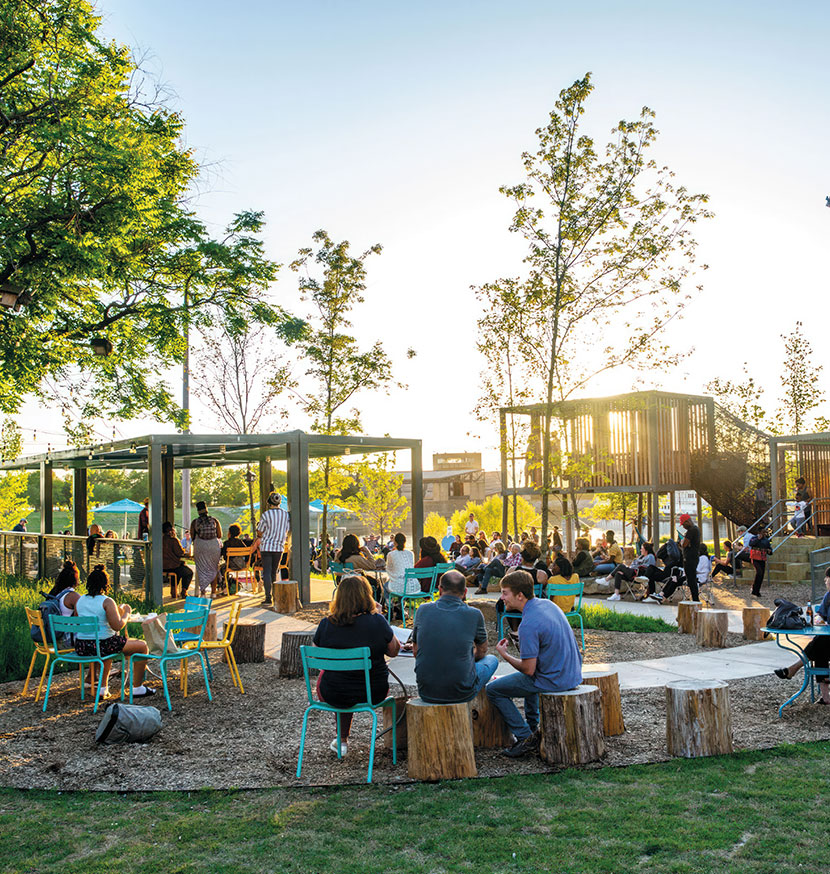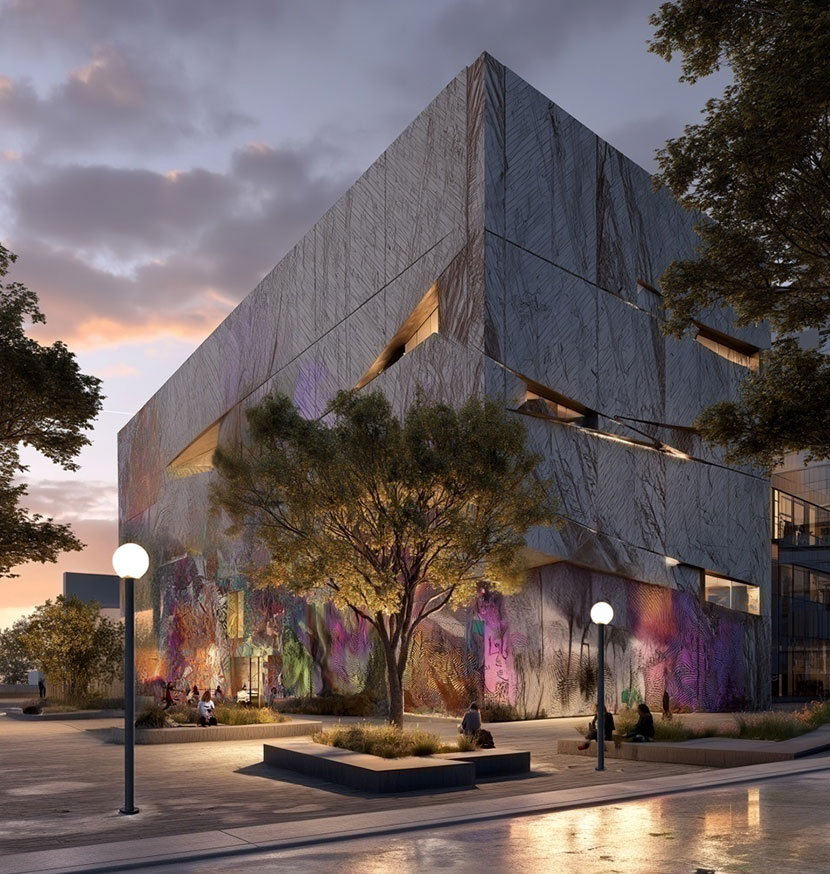
From Vision to Legacy: Build with purpose. Deliver with impact.
In this reflection from the 2025 Placemaking Summit, Hoyne’s Strategy Director, Tom Oliver Payne challenges us to treat purpose not as a phase, but as a thread. Discover five real-world provocations for protecting vision, from early strategy to everyday experience, and why the best places aren’t just built beautifully, but meaningfully.
Some places just work. You remember them. You want to be there. They feel right. Not always perfect, but real. They attract people. They hold value. They get better with time.
Others don’t.
They look good in renders, tick the boxes, win a few awards, yet still feel empty. A place can be beautifully detailed and completely forgettable.
I walked through one recently. New buildings, new pavements, everything clean and tidy. But there was no reason to stay. No food, no seats, no people. Skatestoppers were bolted to the ledges, as if to say: this place is not for hanging out.
It’s not that people didn’t care. It’s that somewhere between concept and delivery, something got lost. And that thing was purpose.
And this isn’t a design problem. It’s a continuity problem.
Most projects start with strong ambition. There’s good thinking, workshops, slide decks, moodboards. All useful. But purpose, if it’s not protected, can still fall through the cracks. It fades in the handovers. It gets chipped away in value engineering. You forget what you were trying to say when the budget tightens and the pressure’s on, and that’s often the moment when the real opportunity slips past.
When purpose goes, so does the potential.
It’s not a phase; it’s a thread.
The places that hold up, financially and culturally, are the ones where someone held onto that thread all the way through, across years, across teams, across budget reviews.
At Hoyne, we believe vision isn’t a moment; it’s a through-line. It must move with the project, from early strategy through to operations, leasing, events and management. That’s what makes a place feel real, and that’s what makes it resilient.
At the 2025 Placemaking Summit, I shared five provocations for how we can keep purpose alive: from the early conversations to the first event, and far beyond handover.
1. Start with why (and mean it)
Not “what should we build here?” but “why build anything at all?”
Start with the real questions. Who’s this for? What is it offering? What’s the feeling we want people to have – when they arrive, or when they leave?
And if the answer is just “because the land’s zoned for it,” it’s probably time to dig a little deeper.
2. Make a vision spatial, and operational
If it’s not in the plan, it won’t happen.
Purpose needs to show up in built form, but also in how the place runs: how it feels on a Tuesday, what’s allowed, what’s encouraged, and what’s quietly designed out.
If your place is about creativity, you need flexibility and room to experiment. If it’s about wellbeing, you need real greenery, natural light and access to the outdoors. If it’s about community, you need reasons to stay, and not just to pass through.
A vision isn’t real until it shapes decisions: where things go, how people move, what gets funded and who gets invited.
3. Watch the construction cliff
This is where purpose often falls off.
Procurement hits and the tone changes. Specs take over. The vision ends up in a drawer. But it doesn’t have to.
You can build the vision into the spec and carry it into briefs and meetings. You can appoint someone to keep the thread alive and keep asking the right questions: is this decision adding to the purpose, or pulling us away from it?
It also helps to embed the vision in different ways. Not just in architecture or brand, but in governance, operations and leasing strategies. That way, if one part gets value-engineered out, the whole thing doesn’t unravel.
4. Activation isn’t noise, it’s a signal
Those early events? They matter.
A market day, a kids’ workshop, a guided walk, they aren’t just filler. They’re signals. Small, public gestures that show what the place stands for, who it’s for, and what’s possible there.
But they need to align. If they feel tacked on, they’re just noise. But when they build on the original vision, they become proof that the intent is alive and well.
5. Don’t stop at handover
This is where the real work starts.
The place is built. People move in. And suddenly, it’s alive and unpredictable.
Now is the moment to learn: What’s working? What’s not being used? What’s sparking life in unexpected ways?
Most teams don’t plan for this part. But they should. This is where placemaking becomes long-term value. Feedback becomes strategy. And the next chapter begins. Good places grow into themselves, but only if someone’s still listening.
The truth is…
This work isn’t radical. But it does take discipline, and culture, and a willingness to protect the ‘why’: especially when things get messy.
Because places don’t hold meaning by accident. They do it because someone kept paying attention.
Back




